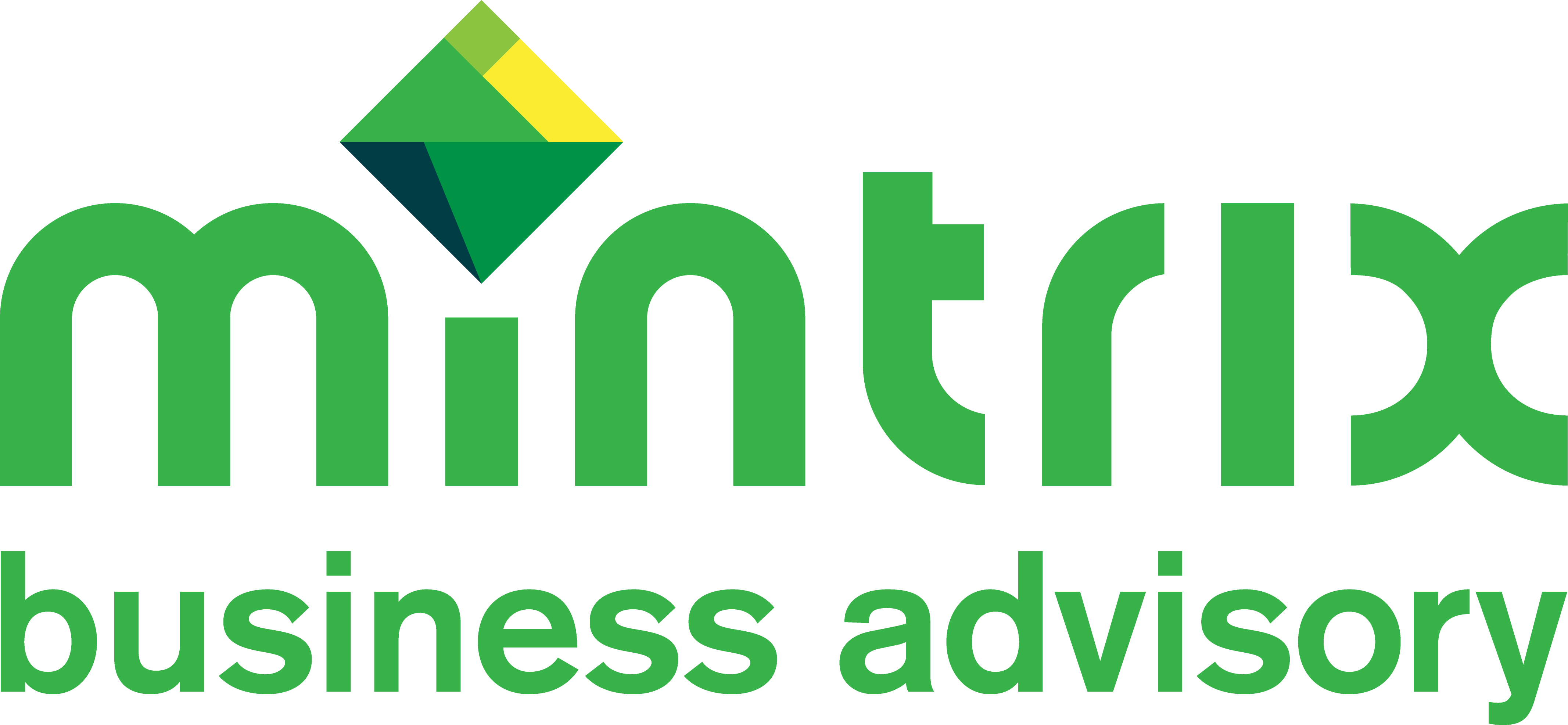Introduction
Effective human resource management is a cornerstone of success for small businesses in Australia. This blog explores common HR mistakes that can hinder business growth and offers practical solutions to address them. By understanding and rectifying these issues, small business owners can enhance employee satisfaction, productivity, and overall performance, ultimately fostering a more robust and resilient business.
1. Not Having a Training Plan for New Employees
A well-structured training plan is essential for integrating new employees and setting them up for success. Without a formal training process, new hires may struggle to understand their roles and expectations, leading to decreased productivity and a higher likelihood of turnover.
The Importance of a Structured Training Plan
A comprehensive training plan provides new employees with a clear understanding of their roles, responsibilities, and the company culture. It helps them get up to speed quickly, reduces the learning curve, and ensures they are equipped with the necessary skills and knowledge to perform their job effectively. This structured approach not only boosts employee confidence but also demonstrates the company’s commitment to their growth, which can enhance job satisfaction and retention.
Consequences of Inadequate Training
Inadequate training can lead to numerous issues, including poor performance, low morale, and increased turnover. Employees who are not properly trained may make more mistakes, causing operational inefficiencies and potentially damaging client relationships. Additionally, the lack of support can result in disengagement, making it more challenging to retain talent and maintain a cohesive team.
Key Components of Effective Training
- Orientation: Introduces new hires to the company’s mission, values, and policies, helping them feel welcomed and aligned with organisational goals.
- Job-specific Training: Provides the essential skills and knowledge required for their specific role, ensuring they can perform their tasks effectively from the start.
- Mentorship: Offers ongoing guidance and support from experienced colleagues, helping new employees navigate their role and integrate into the team.
- Continuous Learning: Includes opportunities for further development and skill enhancement, keeping employees engaged and prepared for future challenges.
Tips for Creating a Training Plan
- Identify Needs: Assess the skills and knowledge required for each role to develop targeted training programs.
- Develop Materials: Create detailed, clear training resources that cover all essential aspects of the role and company procedures.
- Use Various Methods: Incorporate a mix of training methods, such as hands-on experience, online courses, and classroom sessions, to cater to different learning styles.
- Monitor Progress: Regularly evaluate new hires’ progress and provide feedback to address any issues and reinforce learning.
- Update Materials: Continuously review and update training materials to reflect changes in the business environment and industry standards.
2. Not Celebrating Small Wins as a Team
Acknowledging and celebrating small victories can significantly boost team morale and motivation. Recognising employees’ achievements helps create a positive work environment and encourages continued high performance.
The Role of Recognition and Celebration
Celebrating small wins is a powerful way to reinforce a culture of appreciation and success. It shows employees that their efforts are valued, fosters a sense of accomplishment, and motivates them to maintain or exceed their performance levels. Regular recognition helps build a supportive work environment where employees feel recognised and engaged.
How Celebrations Boost Morale
Celebrating achievements, no matter how small, provides employees with a sense of accomplishment and validation. This recognition can uplift team spirits, build confidence, and enhance job satisfaction. It also strengthens the bond between team members and promotes a positive work culture that encourages ongoing excellence.
Psychological Impact of Recognition
Recognition satisfies the fundamental human need for validation and appreciation. When employees receive acknowledgment for their hard work, it enhances their job satisfaction, loyalty, and commitment to the company. This positive reinforcement contributes to a more engaged and motivated workforce.
Ways to Celebrate in the Workplace
- Acknowledge Achievements: Publicly recognise employees’ accomplishments during team meetings or through company communications.
- Organise Events: Host informal gatherings or small celebrations to mark significant milestones and achievements.
- Offer Incentives: Provide rewards such as bonuses, gift cards, or extra time off to recognise and appreciate exceptional performance.
- Recognition Program: Implement a formal recognition system that regularly highlights and rewards outstanding contributions.
3. Not Having Written Systems and Processes
Clear, documented systems and processes are vital for maintaining consistency and efficiency in business operations. Without formalised procedures, employees may perform tasks inconsistently, leading to errors and inefficiencies.
Importance of Documentation
Documenting systems and processes ensures that everyone in the organisation has access to clear, consistent guidelines for performing their tasks. This not only improves efficiency but also helps maintain high standards of quality and reduces the likelihood of errors. Well-documented procedures also facilitate smoother onboarding for new employees and ensure that critical knowledge is retained within the company.
Risks of Lack of Documentation
- Inconsistent Performance: Without standardised procedures, task execution can vary, leading to inconsistent results and quality.
- Increased Errors: Employees may make mistakes due to unclear or incomplete instructions, negatively affecting overall performance.
- Wasted Resources: Time and resources are often wasted on correcting errors and addressing inefficiencies caused by a lack of clear guidelines.
- Employee Frustration: Ambiguity and lack of clear processes can lead to confusion, frustration, and decreased job satisfaction among staff.
Steps for Effective Documentation
- Identify Processes: Determine which business processes and procedures need to be documented to ensure consistency.
- Document Thoroughly: Create detailed, clear instructions for each process, including step-by-step guidelines and best practices.
- Ensure Accessibility: Make documentation easily accessible to all employees to facilitate its use and reference.
- Train Employees: Ensure that employees are trained on how to use the documentation and follow the established procedures.
- Review Regularly: Periodically review and update documentation to keep it relevant and aligned with current practices and regulations.
Benefits of Clear Documentation
- Consistency: Ensures uniform task performance and adherence to quality standards.
- Efficiency: Improves productivity by providing clear guidelines and reducing the likelihood of errors.
- Knowledge Retention: Preserves critical knowledge and prevents information loss when employees leave.
- Employee Confidence: Provides employees with the information they need to perform their roles effectively, boosting their confidence and performance.
4. Employees Retaining All Information in Their Heads
When employees are the sole custodians of critical information, it can lead to knowledge silos and potential disruptions. Encouraging documentation and knowledge sharing ensures that essential information is accessible to all team members, preventing gaps and maintaining business continuity.
Dangers of Information Silos
- Knowledge Gaps: If employees with crucial knowledge leave, the organisation may struggle with gaps in information and expertise.
- Inefficiencies: Difficulty accessing information can lead to delays, duplicated efforts, and inefficiencies in operations.
- Miscommunication: Lack of shared knowledge can result in misunderstandings, errors, and misaligned efforts.
Benefits of Knowledge Sharing
- Continuity: Ensures that vital information is retained and accessible, even if key employees leave.
- Collaboration: Enhances teamwork and fosters a collaborative work environment where information flows freely.
- Efficiency: Streamlines processes and improves productivity by making information readily available to all team members.
- Innovation: Encourages the exchange of ideas and insights, leading to creative solutions and innovations.
Strategies for Knowledge Sharing
- Promote Culture: Create a work culture that values and encourages knowledge sharing among employees.
- Use Tools: Implement tools such as wikis, intranets, and document management systems to facilitate information sharing.
- Recognise Contributions: Reward employees who actively share their knowledge and contribute to the collective pool of information.
- Provide Training: Offer training on best practices for documentation and knowledge sharing to ensure effective implementation.
Tools for Knowledge Sharing
- Wikis: Collaborative platforms that allow employees to create, edit, and share documents and information.
- Intranets: Internal websites that serve as central repositories for company information and resources.
- Document Management Systems: Software solutions that help manage, store, and share documents within the organisation.
- Collaboration Tools: Applications like Slack, Microsoft Teams, and Asana that facilitate communication and collaborative work.
5. Inadequate Employee Feedback and Performance Reviews
Regular feedback and performance reviews are essential for employee development and engagement. Without consistent feedback, employees may feel undervalued and unclear about their performance, impacting their motivation and productivity.
Benefits of Regular Feedback
- Employee Development: Helps employees understand their strengths and areas for improvement, supporting their personal and professional growth.
- Engagement: Keeps employees motivated by providing clear goals, recognition, and a sense of progress.
- Retention: Reduces turnover by making employees feel valued, supported, and aligned with the company’s objectives.
- Performance Improvement: Identifies and addresses performance issues early, leading to improved productivity and efficiency.
Common Feedback Pitfalls
- Infrequent Feedback: Providing feedback only during annual reviews rather than on an ongoing basis, can result in missed opportunities for improvement.
- Lack of Specificity: Offering vague or generic feedback that does not provide clear guidance can hinder employees’ development.
- Negative Focus: Focusing solely on negative aspects of performance without recognising achievements can demotivate employees.
- Bias: Allowing personal biases to influence feedback can result in unfair or unbalanced evaluations.
Best Practices for Performance Reviews
- Set Expectations: Clearly define performance expectations and goals at the beginning of the review period to provide direction and focus.
- Provide Ongoing Feedback: Offer regular, constructive feedback throughout the year to address issues and reinforce positive performance.
- Be Specific: Provide detailed, actionable feedback that guides employees on how to improve and succeed.
- Balance Feedback: Recognise both strengths and areas for improvement to provide a well-rounded assessment of performance.
- Create Development Plans: Collaborate with employees to develop actionable plans for achieving their goals and advancing their careers.
Creating a Culture of Continuous Feedback
- Encourage Communication: Foster an environment where open and honest communication about performance is encouraged and valued.
- Regular Check-ins: Schedule frequent one-on-one meetings to discuss progress, address concerns, and provide support.
- Train Managers: Equip managers with the skills and tools needed to deliver effective and constructive feedback.
- Use Feedback Tools: Implement performance management systems that facilitate regular feedback and performance tracking.
Conclusion
Addressing common HR mistakes is essential for the success of small businesses in Australia. By implementing effective training plans, celebrating achievements, documenting processes, encouraging knowledge sharing, and providing regular feedback, business owners can significantly improve employee satisfaction, performance, and overall business outcomes. For those facing HR challenges, seeking professional guidance can be a crucial step towards achieving operational excellence. At Mintrix Business Advisory, we are committed to helping small businesses navigate these challenges and reach their full potential.




